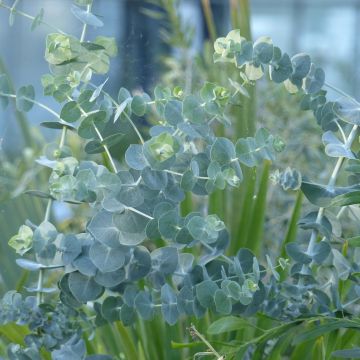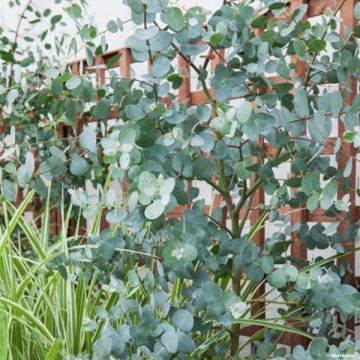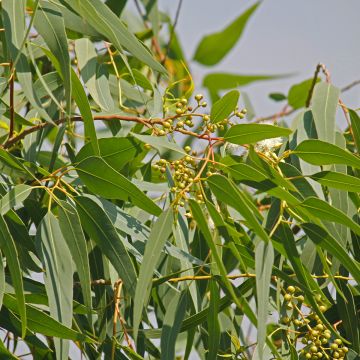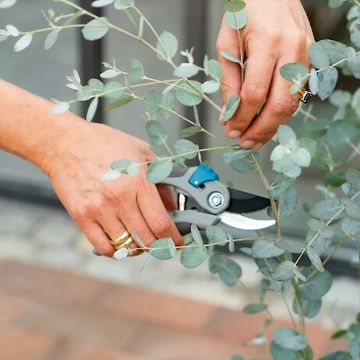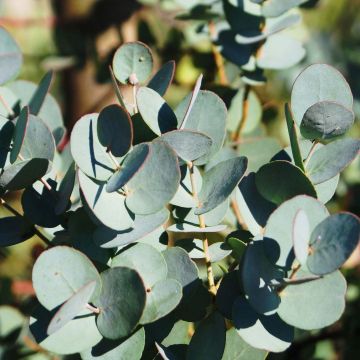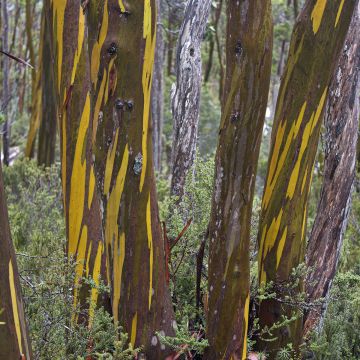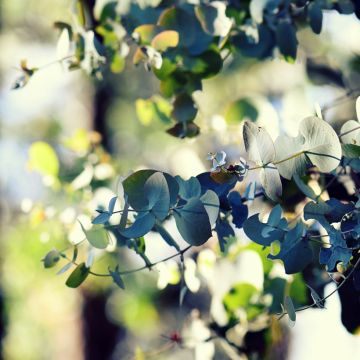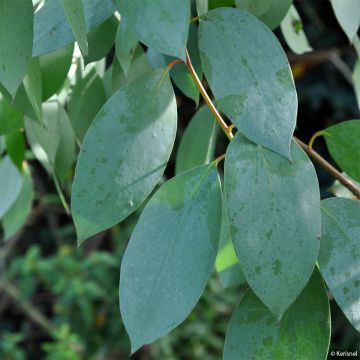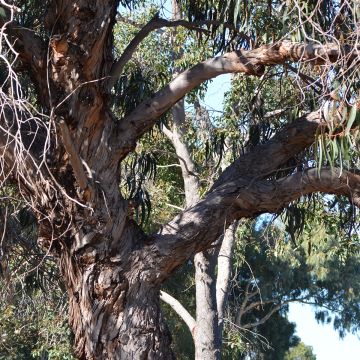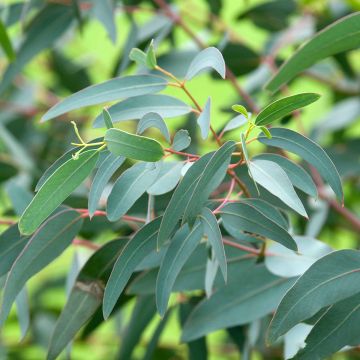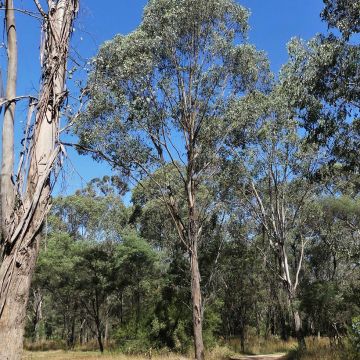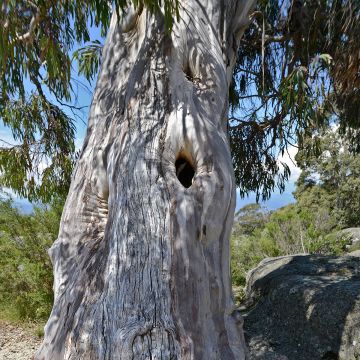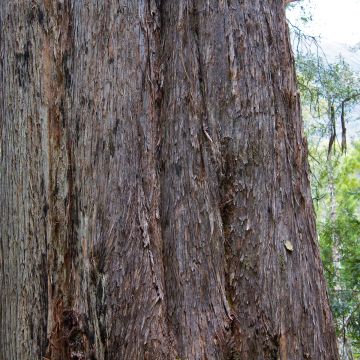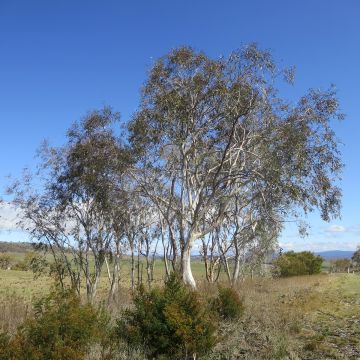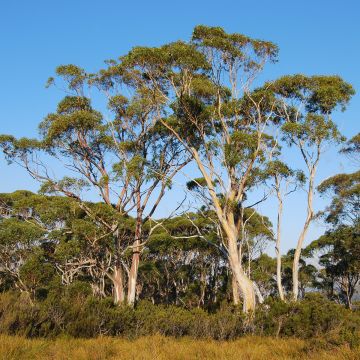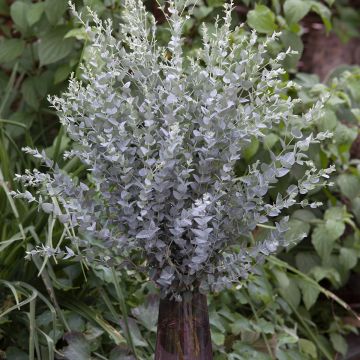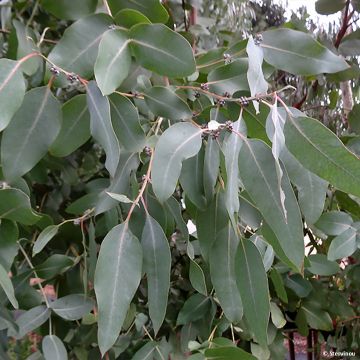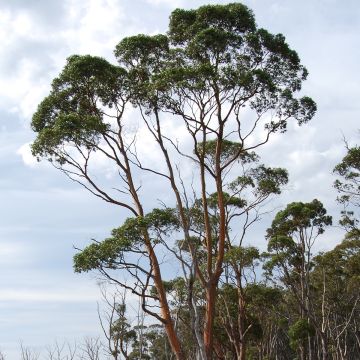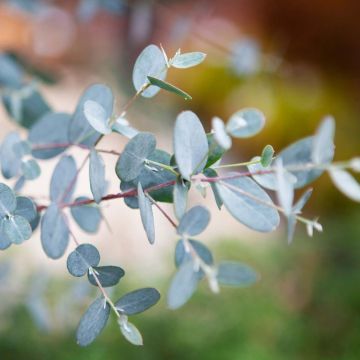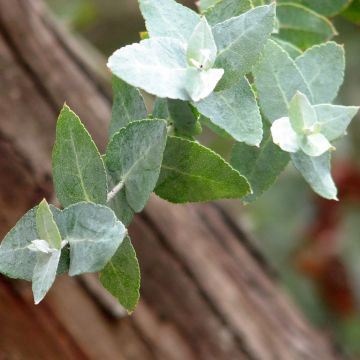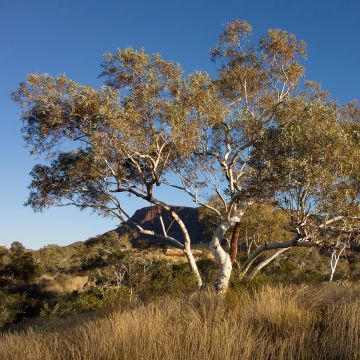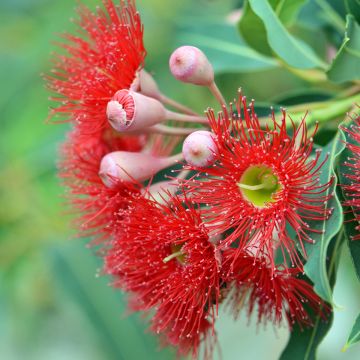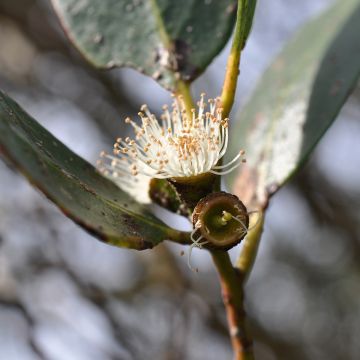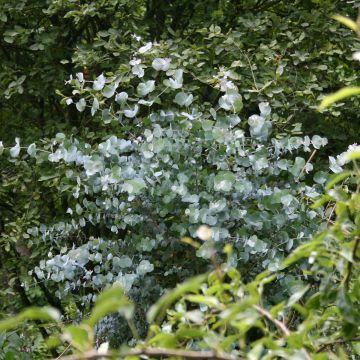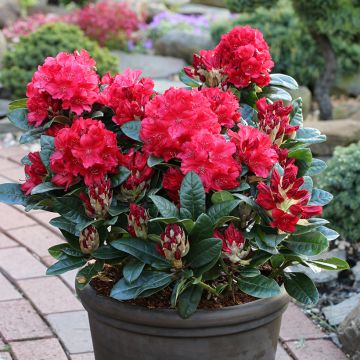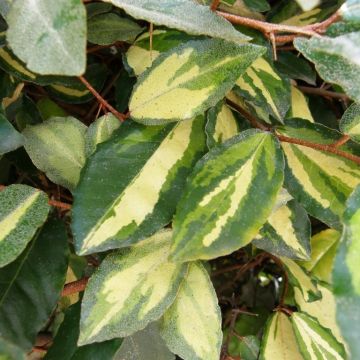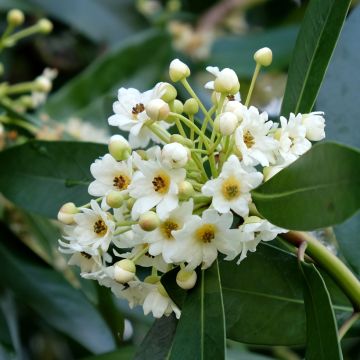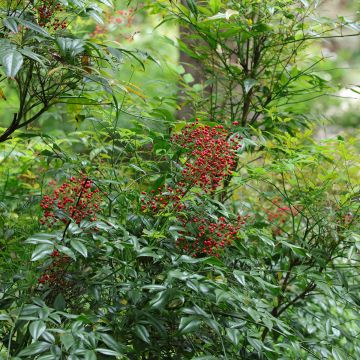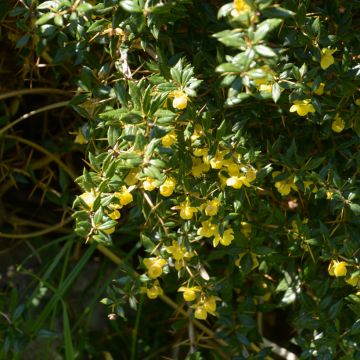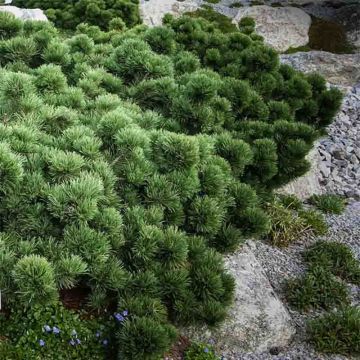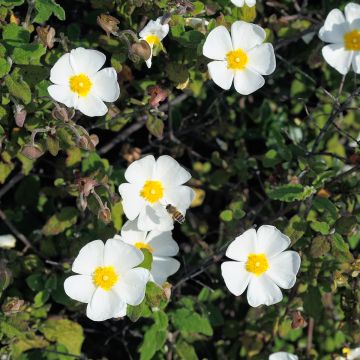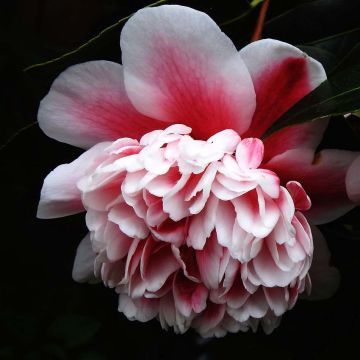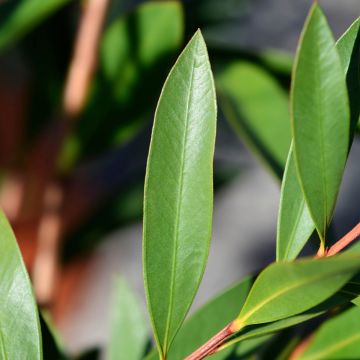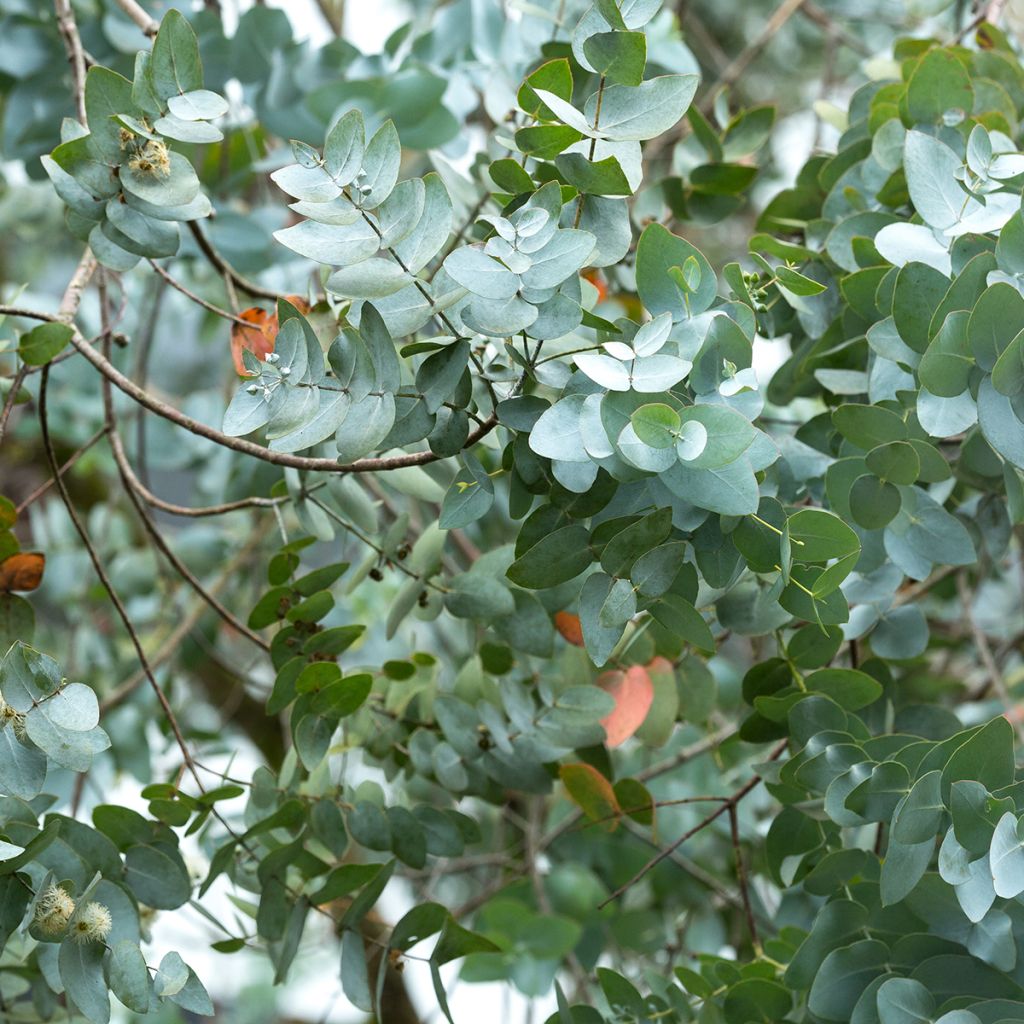

Eucalyptus cinerea - Gommier cendré
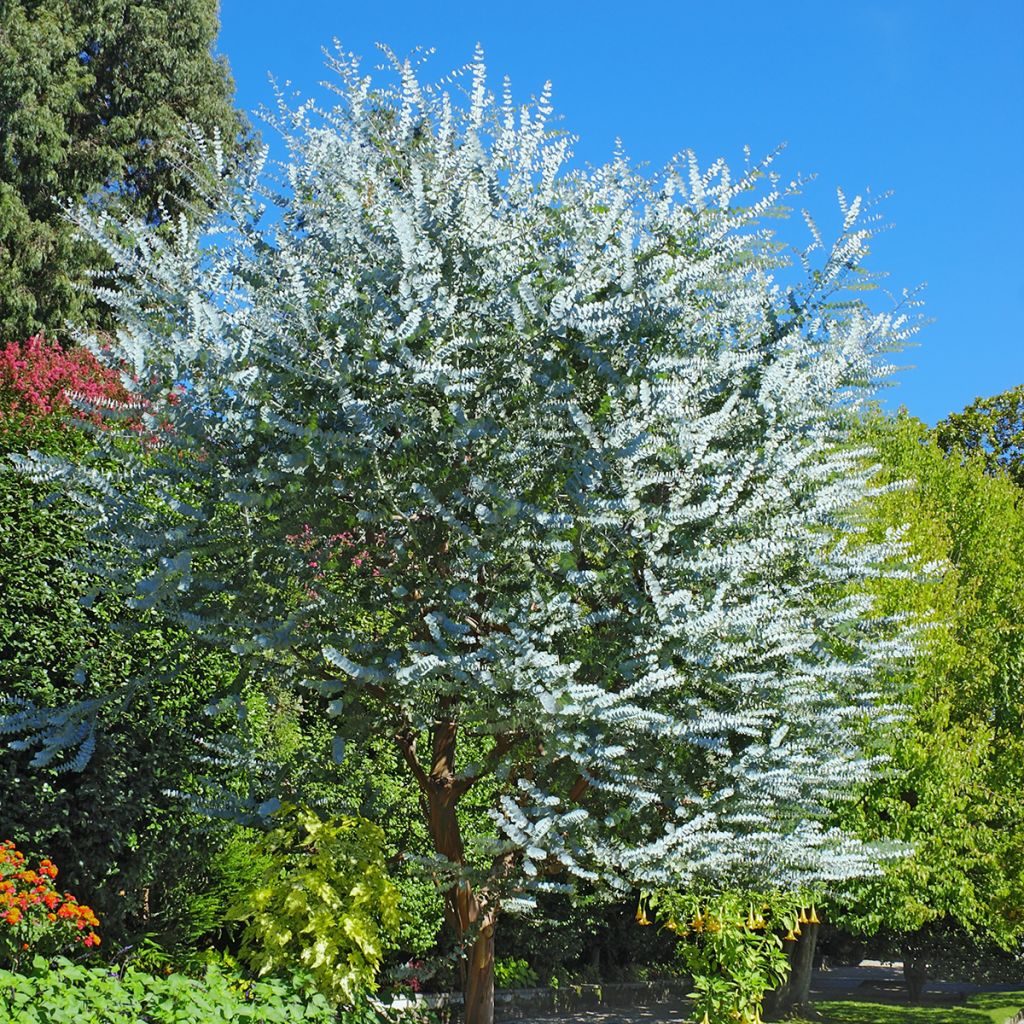

Eucalyptus cinerea - Gommier cendré
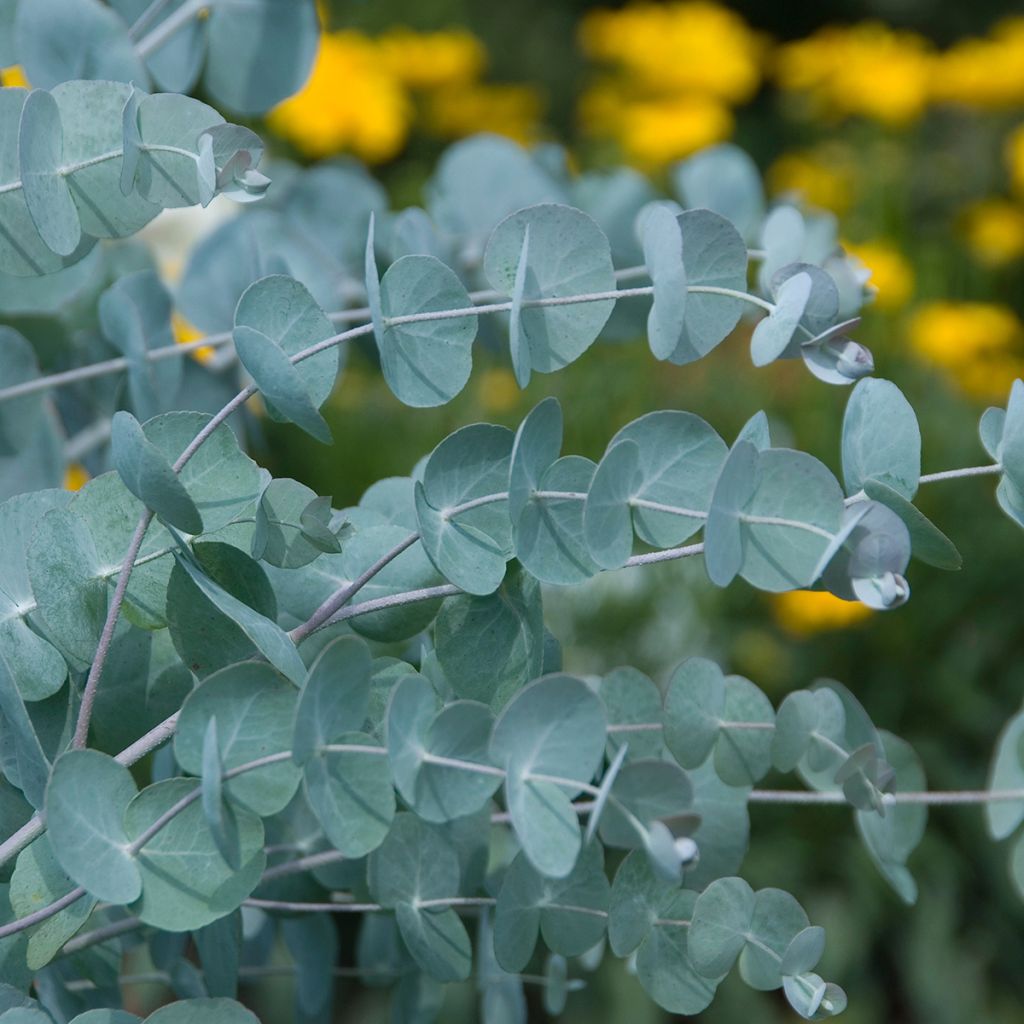

Eucalyptus cinerea - Gommier cendré
Eucalyptus cinerea
Eucalyptus cinerea
Argyle apple
Why not try an alternative variety in stock?
View all →This plant carries a 24 months recovery warranty
More information
We guarantee the quality of our plants for a full growing cycle, and will replace at our expense any plant that fails to recover under normal climatic and planting conditions.
Oversize package: home delivery by special carrier from €6.90 per order..
Express home delivery from €8.90.
Does this plant fit my garden?
Set up your Plantfit profile →
Description
Eucalyptus cinerea, or ashy-leaved gum, is a species highly appreciated in floristry for the beauty of its juvenile foliage. Its round, bluish leaves blend beautifully with flowers in bouquets and arrangements. In the garden, this eucalyptus is interesting for its reasonable growth, relative hardiness, and tolerance to limestone. It quickly forms a small tree with a sometimes twisted habit, and picturesque bark that is decorative throughout the year. Its foliage is pleasantly aromatic and has a reputation for repelling mosquitoes, while its discreet flowering is attractive to bees. Growing in full sun, it adds a touch of exoticism to gardens in temperate climates.
Eucalyptus cinerea is a small tree of the Myrtaceae family, like the Feijoa, the Callistemon, or the Myrtle, with distinctive flowering. This species is native to the southeast of Australia (New South Wales and Victoria), where it can reach heights of up to 15-16 m (49 ft 2 in-52 ft 6 in), with a broad and spreading stature.
In cultivation it forms a small tree of 10-12 m (32 ft 10 in-39 ft 5 in) in height and 6 to 8 m (19 ft 8 in to 26 ft 2 in) in width in about ten years, with a naturally spreading habit and some branches trailing on the ground. The trunk can also take on a twisted shape, giving it a slightly wild appearance. Its bark is more persistent than that of the majority of eucalyptus species, peeling very little. Thick, fibrous, rough and channelled, it is a dull grey, becoming orange and mahogany-coloured depending on the season.
As in many species, E. cinerea has two types of foliage, juvenile and adult, which can coexist on the same plant. When it first appears, the young foliage is extremely decorative and highly prized for floral arrangements. The nearly round leaves, about 3.5 cm (1.4 in) in diameter, are sessile (without petioles) and opposite, offering remarkable visual appeal. Their second asset lies in their colour: a very glaucous grey-green, almost blue. Finally, they have a pleasant menthol scent, which repels mosquitoes. The adult leaves are silver-grey, elongated (lanceolate) in shape, approximately 11 cm (4.3 in) long and 3 cm (1.2 in) wide, or sickle-shaped. They have a short petiole about 1 cm (0.4 in) in length.
The insignificant, slightly perfumed flowering, takes place in May-June in the form of graceful small cream-white pompoms. They are formed by dozens of elongated stamens surrounding the central pistil and visited by insects. Highly attractive to bees, they are especially appreciated for honey production in Australia. Small capsule-shaped fruits then form.
Eucalyptus cinerea prefers clay or sandy soils, acidic to neutral, and tolerates some limestone. It does not like excessively dry soils but requires well-draining soil to avoid waterlogging. Its hardiness is rather good for a Eucalyptus, it can withstand brief frosts of around -10 to -12 °C, the foliage will suffer afterwards and the plant will die around -15°C (5 °F).
Eucalyptus cinerea works well in predominantly white or silvery scene. It brings a touch of exoticism to the garden and allows for the creation of themed scenes in the company of other plants with evocative silhouettes from distant lands. The Callistemon rigidus or Bottlebrush with its red flower spikes will be perfect in its company in mild climates. Also consider the Grevillea juniperina, with its dark green spiky foliage enhanced by superb red flowers.
You can also take advantage of its glaucous colours by combining it with purple foliage (Sambucus Black Lace, Cotinus Royal Purple), or golden foliage (Catalpa bignonioides Aurea, Golden Honey Locust).
Report an error about the product description
Plant habit
Flowering
Foliage
Botanical data
Eucalyptus
cinerea
Myrtaceae
Argyle apple
Australia
Other Eucalyptus
Planting and care
Eucalyptus cinerea is best planted in early spring, or in autumn in mild climates, in a well-drained soil, preferably neutral to acidic, but tolerant of some limestone. It even grows in slightly clayey or sandy soils, in a sunny position, but sheltered from strong and cold winds. Then let nature take its course, the growth is very rapid. Water regularly to help your eucalyptus settle, especially in dry summers. Pruning is not necessary, but it is perfectly tolerated in spring, which allows the plant to be kept to more modest dimensions. In March, you can occasionally cut it back to ground level to form a beautiful, dense bush, 2-3 m (6 ft 7 in-9 ft 10 in) tall, which will allow you to enjoy the juvenile foliage which is more decorative than the adult foliage.
Planting period
Intended location
Care
This item has not been reviewed yet - be the first to leave a review about it.
Evergreen shrubs
Haven't found what you were looking for?
Hardiness is the lowest winter temperature a plant can endure without suffering serious damage or even dying. However, hardiness is affected by location (a sheltered area, such as a patio), protection (winter cover) and soil type (hardiness is improved by well-drained soil).

Photo Sharing Terms & Conditions
In order to encourage gardeners to interact and share their experiences, Promesse de fleurs offers various media enabling content to be uploaded onto its Site - in particular via the ‘Photo sharing’ module.
The User agrees to refrain from:
- Posting any content that is illegal, prejudicial, insulting, racist, inciteful to hatred, revisionist, contrary to public decency, that infringes on privacy or on the privacy rights of third parties, in particular the publicity rights of persons and goods, intellectual property rights, or the right to privacy.
- Submitting content on behalf of a third party;
- Impersonate the identity of a third party and/or publish any personal information about a third party;
In general, the User undertakes to refrain from any unethical behaviour.
All Content (in particular text, comments, files, images, photos, videos, creative works, etc.), which may be subject to property or intellectual property rights, image or other private rights, shall remain the property of the User, subject to the limited rights granted by the terms of the licence granted by Promesse de fleurs as stated below. Users are at liberty to publish or not to publish such Content on the Site, notably via the ‘Photo Sharing’ facility, and accept that this Content shall be made public and freely accessible, notably on the Internet.
Users further acknowledge, undertake to have ,and guarantee that they hold all necessary rights and permissions to publish such material on the Site, in particular with regard to the legislation in force pertaining to any privacy, property, intellectual property, image, or contractual rights, or rights of any other nature. By publishing such Content on the Site, Users acknowledge accepting full liability as publishers of the Content within the meaning of the law, and grant Promesse de fleurs, free of charge, an inclusive, worldwide licence for the said Content for the entire duration of its publication, including all reproduction, representation, up/downloading, displaying, performing, transmission, and storage rights.
Users also grant permission for their name to be linked to the Content and accept that this link may not always be made available.
By engaging in posting material, Users consent to their Content becoming automatically accessible on the Internet, in particular on other sites and/or blogs and/or web pages of the Promesse de fleurs site, including in particular social pages and the Promesse de fleurs catalogue.
Users may secure the removal of entrusted content free of charge by issuing a simple request via our contact form.
The flowering period indicated on our website applies to countries and regions located in USDA zone 8 (France, the United Kingdom, Ireland, the Netherlands, etc.)
It will vary according to where you live:
- In zones 9 to 10 (Italy, Spain, Greece, etc.), flowering will occur about 2 to 4 weeks earlier.
- In zones 6 to 7 (Germany, Poland, Slovenia, and lower mountainous regions), flowering will be delayed by 2 to 3 weeks.
- In zone 5 (Central Europe, Scandinavia), blooming will be delayed by 3 to 5 weeks.
In temperate climates, pruning of spring-flowering shrubs (forsythia, spireas, etc.) should be done just after flowering.
Pruning of summer-flowering shrubs (Indian Lilac, Perovskia, etc.) can be done in winter or spring.
In cold regions as well as with frost-sensitive plants, avoid pruning too early when severe frosts may still occur.
The planting period indicated on our website applies to countries and regions located in USDA zone 8 (France, United Kingdom, Ireland, Netherlands).
It will vary according to where you live:
- In Mediterranean zones (Marseille, Madrid, Milan, etc.), autumn and winter are the best planting periods.
- In continental zones (Strasbourg, Munich, Vienna, etc.), delay planting by 2 to 3 weeks in spring and bring it forward by 2 to 4 weeks in autumn.
- In mountainous regions (the Alps, Pyrenees, Carpathians, etc.), it is best to plant in late spring (May-June) or late summer (August-September).
The harvesting period indicated on our website applies to countries and regions in USDA zone 8 (France, England, Ireland, the Netherlands).
In colder areas (Scandinavia, Poland, Austria...) fruit and vegetable harvests are likely to be delayed by 3-4 weeks.
In warmer areas (Italy, Spain, Greece, etc.), harvesting will probably take place earlier, depending on weather conditions.
The sowing periods indicated on our website apply to countries and regions within USDA Zone 8 (France, UK, Ireland, Netherlands).
In colder areas (Scandinavia, Poland, Austria...), delay any outdoor sowing by 3-4 weeks, or sow under glass.
In warmer climes (Italy, Spain, Greece, etc.), bring outdoor sowing forward by a few weeks.

































